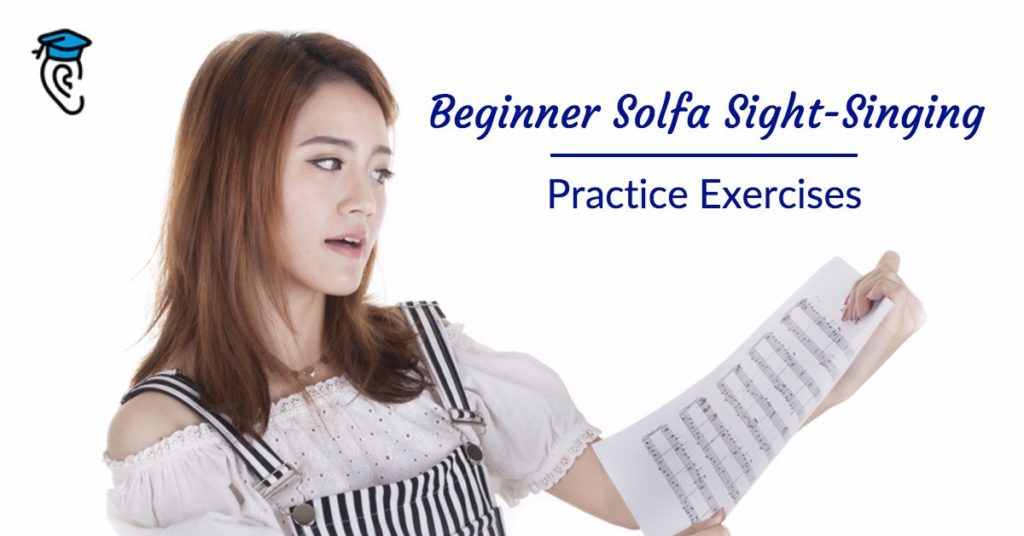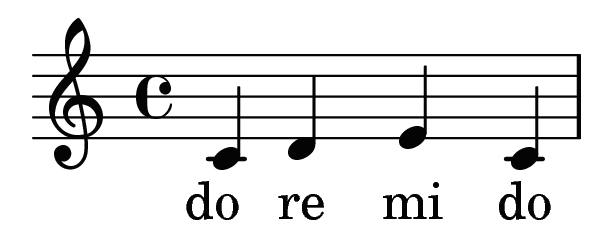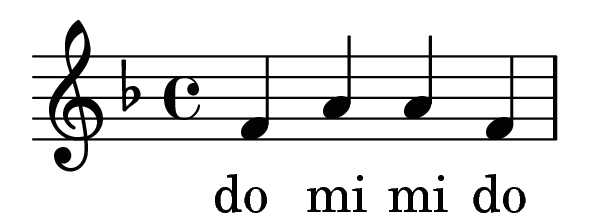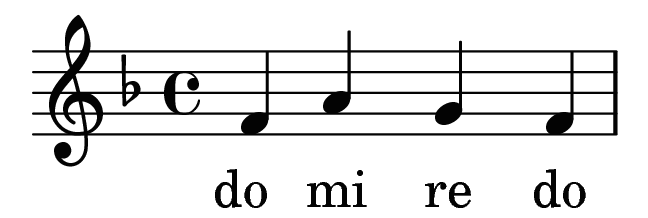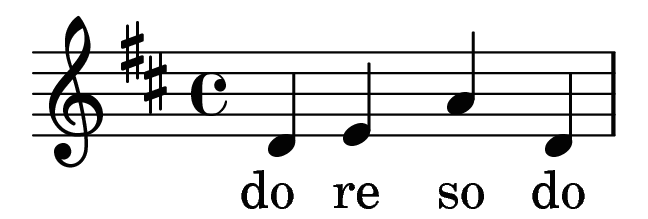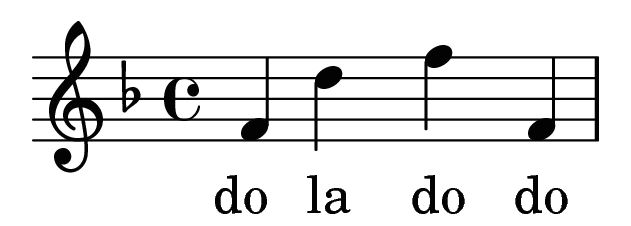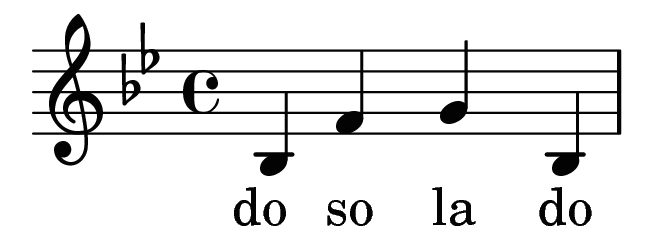When you look at a new sheet of music, can you immediately hear in your head how the notes would sound? This is particularly vital for singers who want to sight-read from score notation, but this kind of audiation from the score can benefit any musician. Solfa can let you know how those notes should sound and sight-sing from written music notation freely and confidently.
It doesn’t take long to learn the basics of solfa and begin to sing with the solfa syllables. However it does take work to then be able to connect this internal feel for solfa with written notes on the page. If you want to apply your solfa skills to sight-sing new sheet music, you will need to work on some practice exercises and develop this specific skill.
Below you will find a set of exercises you can use to begin practicing sight-singing using solfa!
How to sight-sing using solfa
If you are new to solfa, begin by reading our series Starting Solfa and Solfa and the Score which explain what solfa (a.k.a. solfège, solfeggio) is, how it works, and helps you begin to practice with the solfa syllables for the notes of the major pentatonic scale.
Solfa is a versatile framework which can allow you to sight-read even the most challenging music as a singer. When you first begin, it’s important to start simple and build a strong foundation.
In the exercises below we will keep things simple by only using the notes of the major pentatonic scale: do, re, mi, so, la, do’.
The melodies also use only simple steady rhythms so that you can focus on sight-singing the correct note pitches.
With these two limitations all the exercises below can be considered “beginner” level relative to the full power of solfa for sight-singing. We divide them into “easy”, “medium” and “hard” to help you progress through them gradually.
Once you have mastered exercises like these you can move on to the full diatonic (major) scale, minor scales, and introduce rhythmic patterns to your sight-singing.
Easy Solfa Sight-Singing Exercises
To begin with our melodies will use only the first three notes of the major pentatonic scale: do, re and mi. We will keep the melodies short and each will start and end on the tonic note (do).
Remember our process: Identify the position of do on the staff, then work out the solfa syllable for each of the other notes. Sing the pentatonic scale from the given tonic (do), and then proceed to sing the melody!
Note: Each singer has their own range. If you find yourself struggling for notes which are too high or low in the melodies below, feel free to choose a different starting note. Your goal is to reproduce the correct melody, even if you need to start from a different note than is shown in the score.
If you’re having difficulty you can click to show the answer. First check your solfa syllables are correct. Then you can listen to the example audio to hear the melody sung and see if you had it right.
Show answer
Show answer
Show answer
Medium Solfa Sight-Singing Exercises
For this next set of exercises the melodies will use the full major pentatonic scale: do, re, mi, so, la, do’. They will still start and end on do.
Show answer
Show answer
Show answer
Hard Solfa Sight-Singing Exercises
The final set of melodies are longer and don’t always start or end on the tonic, do. This makes it even more important to sing the scale before you try to sing the melody, so that you can find your starting note based on the tonic do provided.
Our process becomes: Identify the position of do on the staff, based on the key signature. Work out the solfa syllable for the starting note and each of the other notes. Sing the pentatonic scale from the given tonic (do), sing your starting note, and then proceed to sing the melody!
Show answer
Show answer
Show answer
After working through the exercises above you should be feeling confident that you understand how solfa lets you sight-sing from written music. Now you can start introducing more challenging sight-reading exercises and bridge the gap from here to a full and versatile sight-singing ability. You can continue developing your solfa skills further with the training modules at Musical U.

